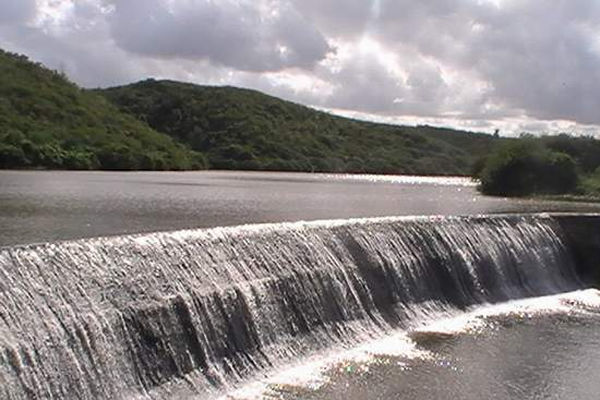
HAVANA, Cuba, Apr 9 (ACN) As part of the meteorological drought process that Cuba is currently experiencing, the amount of water stored in reservoirs and basins is decreasing at a higher rate.
This was reported by Argelio Omar Fernandez Richelme, director of Hydrology and Hydrogeology of the National Institute of Hydraulic Resources (INRH), during a meeting with the press today at the agency's headquarters in the capital.
The specialist pointed out that the November rains favored a favorable situation in the supply of the precious liquid, but at present 71 municipalities are dry: 34 affected by the drought, eight by low reservoir volumes and 29 by low groundwater levels.
To date, said Fernandez Richelme, the reservoirs store 6,035 million cubic meters, which represents 66 percent of the total capacity, 968 million more than the historical average; but forecasts indicate that these figures will decrease in the coming months.
He commented that in Cuba's 16 provinces, surface deposits of the vital liquid have decreased, and Sancti Spíritus, with 120 million cubic meters; Camagüey, 92 million; and Villa Clara, 80 million.
In turn, four territories register a filling level of less than 50 percent and one with less than 25 percent, explained the INRH director, and also detailed that 87 reservoirs show accumulations of less than half of their capacity, 37 with less than 25 percent and five qualified as dry due to runoff deficit.
As for the 101 basins in Cuba, he said that 64 are in decline, eight are in an unfavorable state and two are in a critical situation.
As a result, 376,949 people are affected by the water supply, more than half of them located in the country's capital due to the negative situation of its surface and subway waters, he said.
He added that in the period from December to March it rained only 58 percent of the historical average (108 millimeters out of 188), which confirms the drought process the country is going through.
In order to face this situation, Fernandez Richelme said that INRH has a development strategy drawn up until the year 2030 to reduce the risks, and among the actions are the suppression of drains, the improvement of supply networks and the search for alternative sources.
June and July will be decisive months in the current national hydrological year, but the key to success lies in increasing efficiency, rational use and saving of the vital liquid, he added.
Sidebar

 Agencia Cubana de Noticias
Líder en información nacional
Agencia Cubana de Noticias
Líder en información nacional








Nos reservamos el derecho de no publicar los comentario que incumplan con las normas de este sitio